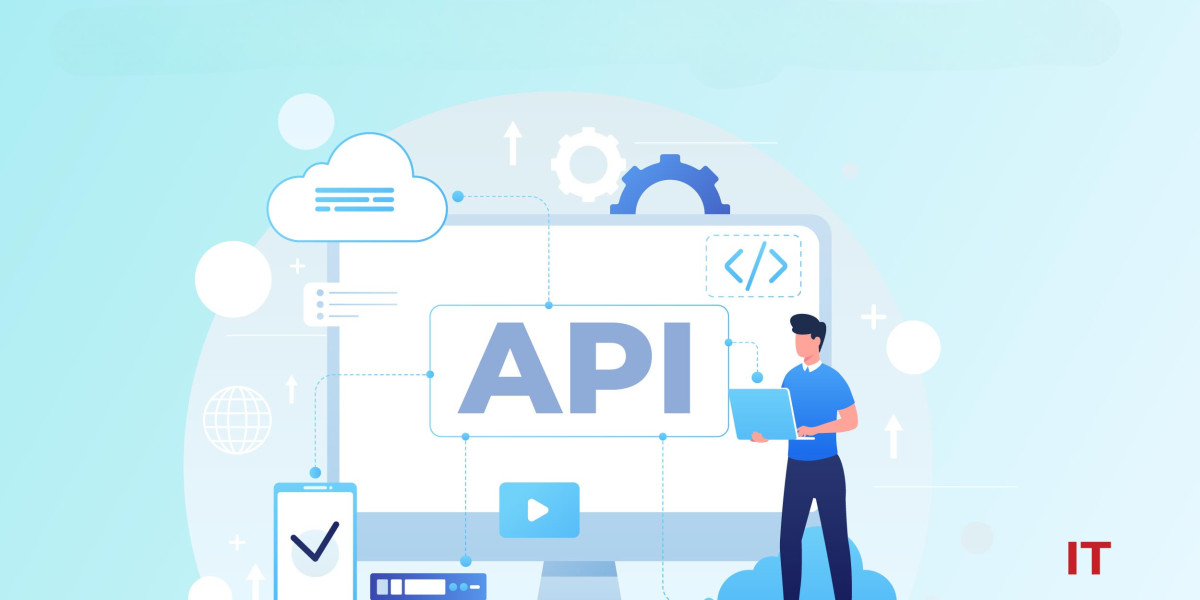Ensuring the security of APIs is vital for protecting sensitive data, preventing cyberattacks, and maintaining the integrity of systems. In recent years, 74% of reports have highlighted at least three data breaches related to APIs. To effectively secure APIs, it's crucial to implement robust security measures, including secure communication protocols, authentication methods, authorization mechanisms, input validation, data encryption, and regular monitoring and updates. Let's delve deeper into the importance of API security and the best practices to maintain it.
Understanding API Security
Application Programming Interfaces (APIs) enable interaction between different software applications and are integral to modern software architectures, including microservices. API security involves protecting APIs from attacks, given their widespread use and access to sensitive functions and data. Ensuring API security is crucial to prevent vulnerabilities like broken authentication, inadequate rate limiting, and code injection.
Why API Security Matters
Protection of Sensitive Data: APIs are critical for connecting services and transferring data. Breaches can expose sensitive information, including medical, financial, and personal data. About 55% of respondents have reported delays in application implementation due to API security concerns. Protecting APIs ensures data confidentiality and integrity.
Prevention of Cyberattacks: APIs are prime targets for hackers due to potential business logic flaws and vulnerabilities. Securing APIs and identifying vulnerabilities before deployment are essential to prevent cyberattacks and maintain system integrity.
Ensuring Trust and Compliance: Organizations handling customer data or operating in regulated industries must comply with data protection regulations and industry standards. API security helps organizations meet compliance requirements and build trust with customers by protecting sensitive data.
Authentication and Authorization: API security includes access control mechanisms to ensure only authorized users or systems can access the API. Strong authentication and authorization protocols prevent unauthorized access and malicious activities.
Secure Communication: Using secure communication protocols like HTTPS protects data in transit. These protocols encrypt data and prevent eavesdropping or tampering during transmission, ensuring the confidentiality and integrity of data exchanged through APIs.
Best Practices for Securing Your API
Use HTTPS/TLS: Ensure your API accepts queries only over secure channels like HTTPS/TLS to protect access credentials and data in transit using end-to-end encryption.
Implement Authentication and Authorization: Use robust authentication mechanisms to verify the identity of users and systems accessing the API. Implement authorization controls to determine each user's or system's level of access.
Validate and Sanitize Input: Validate and sanitize all input received by the API to prevent common security vulnerabilities such as cross-site scripting (XSS), cross-site request forgery (CSRF), and SQL injection attacks.
Implement Rate Limiting: Enforce rate limits to prevent abuse and protect against denial-of-service (DoS) attacks, ensuring API usage remains within acceptable thresholds.
Encrypt Sensitive Data: Employ encryption techniques to protect sensitive data, especially during transmission or storage, to ensure data confidentiality and prevent unauthorized access.
Monitor and Log API Activity: Implement logging and monitoring mechanisms to track API usage, detect suspicious behavior, and identify potential security issues. Regularly review logs to respond to anomalies or attacks.
Keep APIs Up to Date: Regularly update and patch your APIs to address security vulnerabilities or weaknesses. Stay informed about emerging risks and conduct regular security audits.
Follow API Documentation Best Practices: Thoroughly review and follow API documentation best practices, including understanding the authentication process, required data formats, and potential error messages.
Consider Third-Party Security Solutions: Depending on your API's complexity and criticality, consider leveraging third-party security solutions like antivirus systems or API management platforms to scan payloads, monitor API activity, and provide additional layers of protection.
Top 3 Open Source API Testing Tools
Postman: An API development platform that automates manual API tests, integrates tests into the CI/CD pipeline, simulates API endpoints and responses, checks API performance, and enables developer collaboration with built-in version control.
Swagger: An open-source toolkit for creating RESTful APIs, supporting top-down API design (build an API in Swagger and then generate code from specifications) and bottom-up API design (generate documentation from existing code).
JMeter: Primarily a load-testing tool, JMeter can also be used for security testing, offering features like loading CSV files for load testing, Jenkins integration for API testing in the build process, and sophisticated performance testing with test results replay capabilities.
Conclusion
In today's digital landscape, ensuring API security is paramount. By implementing robust authentication and authorization mechanisms, using secure communication protocols, validating input, encrypting sensitive data, and monitoring API activity, organizations can safeguard against cyber threats, protect sensitive information, and maintain system integrity. Regular updates, adherence to best practices, and leveraging third-party security solutions further enhance overall security. Prioritizing these measures allows organizations to confidently embrace the power of APIs while mitigating risks and ensuring user and partner trust.








